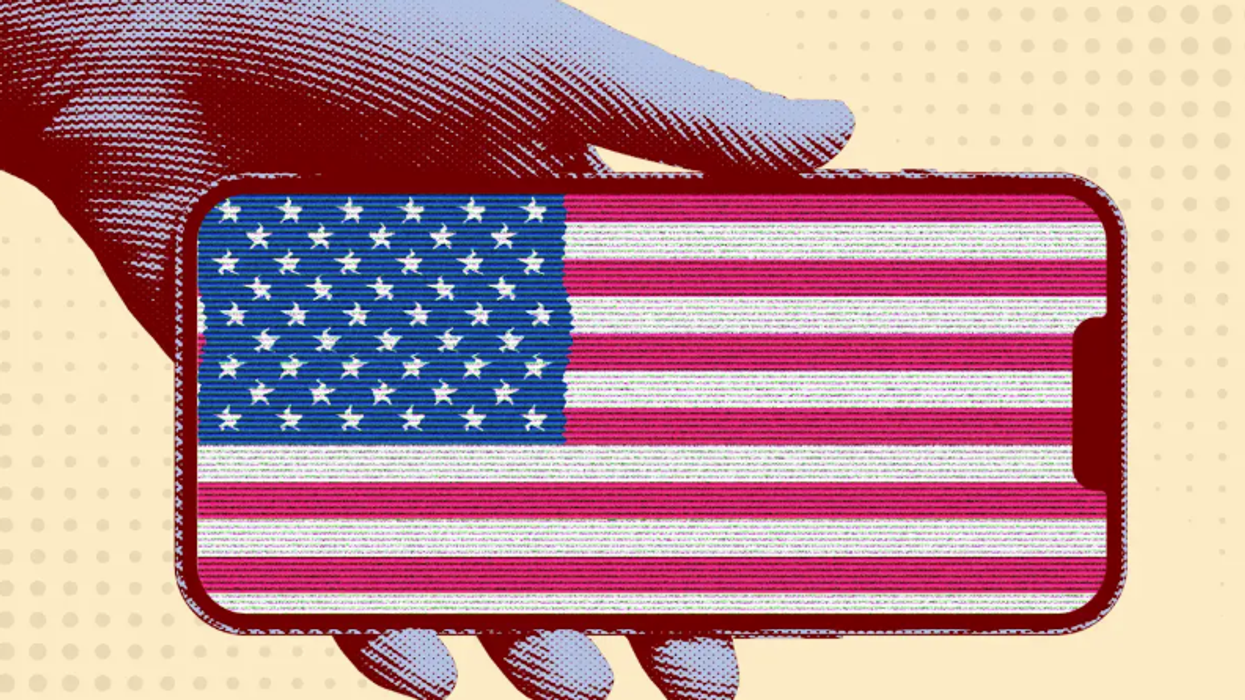“Student journalists are uniquely positioned to take on the challenges of complicating the narrative about how we see each other, putting forward new solutions to how we can work together and have dialogue across difference,” said Maxine Rich, the Program Manager with Common Ground USA. I had the chance to interview her earlier this year about Common Ground Journalism, a new initiative to support students reporting in contentious times.
A partnership with The Fulcrum and the Latino News Network (LNN), I joined Maxine and Nicole Donelan, Program Assistant with Common Ground USA, as co-instructor of the first Common Ground Journalism cohort, which ran for six weeks between January and March 2025.
The sessions integrated Common Ground USA principles of “campuses, which can model our nation’s highest ideals: coming together across differences to serve the common good,” and Solutions Journalism Network’s “to transform journalism so that all people have access to news that helps them envision and build a more equitable and sustainable world.”
Concepts like The Power Of Self Narrative, about how our lives can powerfully shape our resilience to challenges, and help others through their blind spots, resonated with cohorts like Maggie Rhoads, a student at George Washington University. “My problems as a journalist are often the same as others from across the country. Knowing this definitely makes me feel less alone in my reporting journey,” she said.
Maggie now writes regularly for the Fulcrum. I invite you to read her stories on how legislation and policy impact communities by clicking HERE.
Georgetown University student Alexis Tamm agrees. “I had an amazing experience as a member of the first Common Ground cohort! The program introduced me to solutions journalism very thoroughly,” she said. Solutions journalism is rigorous and compelling reporting about responses to social problems, which includes these key elements: response, insight, evidence, and limitations.
Instead of just highlighting the problems challenging a community, solutions journalism’s approach to news reporting explains how and why responses are working, or are not working. The goal is to present people with a truer, more complete view of these issues,
I am mentoring Alexis with an upcoming article that will be published on the Fulcrum, about a program helping formerly incarcerated individuals get the resources they need to integrate back into society properly.
Feedback collected at the end of the Common Ground Journalism initiative found that most students in the first cohort agree or strongly agree that Common Ground Journalism made them feel more comfortable reporting on minority perspectives and humanizing opposing political opinions.
I am happy to share that the Fulcrum and LNN will join the next session, which will begin in September! Students interested in applying can get more information and fill out a form by clicking HERE.
By reporting on diverse viewpoints and issues, journalism fosters public debate and encourages civic participation. That is why the Fulcrum is committed to mentoring students with valuable guidance and feedback, allowing them to navigate the challenges of journalism while fostering a deeper understanding of their responsibilities as journalists.
The publication has a longstanding relationship with Northwestern University's Medill on the Hill Program. Student journalists pitch stories about how democracy unfolds in Washington, D.C. Their quality reporting, often featured on the Fulcrum, provides valuable perspectives that widen our audience’s viewpoints.
Through that alliance, I met Atmika Iyer, a graduate student in Northwestern Medill’s Politics, Policy, and Foreign Affairs reporting program who is an intern with the Fulcrum this spring. Check out her work by clicking HERE.
I will work similarly with Duke University student Bennett Gillespie, who will join the Fulcrum as an intern in June.
The Fulcrum has joined LNN and NPR’s Midwest Newsroom in sponsoring Jessica Meza from the University of Lincoln - Nebraska, as this year’s Hortencia Zavala Foundation Summer Intern. Meza will not only benefit from the coaching and visibility of three news outlets, but will work side by side with journalists in the Nebraska Public Media newsroom.
This summer, I will lead the first Fulcrum Fellowship, where five students from across the country will be trained in solutions journalism and complicating narrative techniques to produce stories that counter the one-dimensional narratives too common in mainstream media.
I am currently teaching a solutions journalism focused class at the University of Washington. Students like Lindsay Kim are producing stories that will be published on the Fulcrum, like The World’s Displaced Populations Are Being Displaced in Washington State.
Following months of research, canvassing, and listening to community needs, I am mentoring young journalists in a News Ambassadors project, which will provide greater visibility to marginalized communities in Chicagoland. Learn more by clicking HERE.
Nurturing the next generation of journalists is a collaborative effort that the Fulcrum takes seriously. After all, a well-informed electorate is essential for a healthy democracy, as it enables individuals to engage meaningfully in the political process.
Editor’s Note: Hugo Balta is the executive editor of the Fulcrum and a board member of the Bridge Alliance Education Fund, the parent organization of The Fulcrum. He is the publisher of the Latino News Network and the only person to serve twice as president of the National Association of Hispanic Journalists (NAHJ).




















